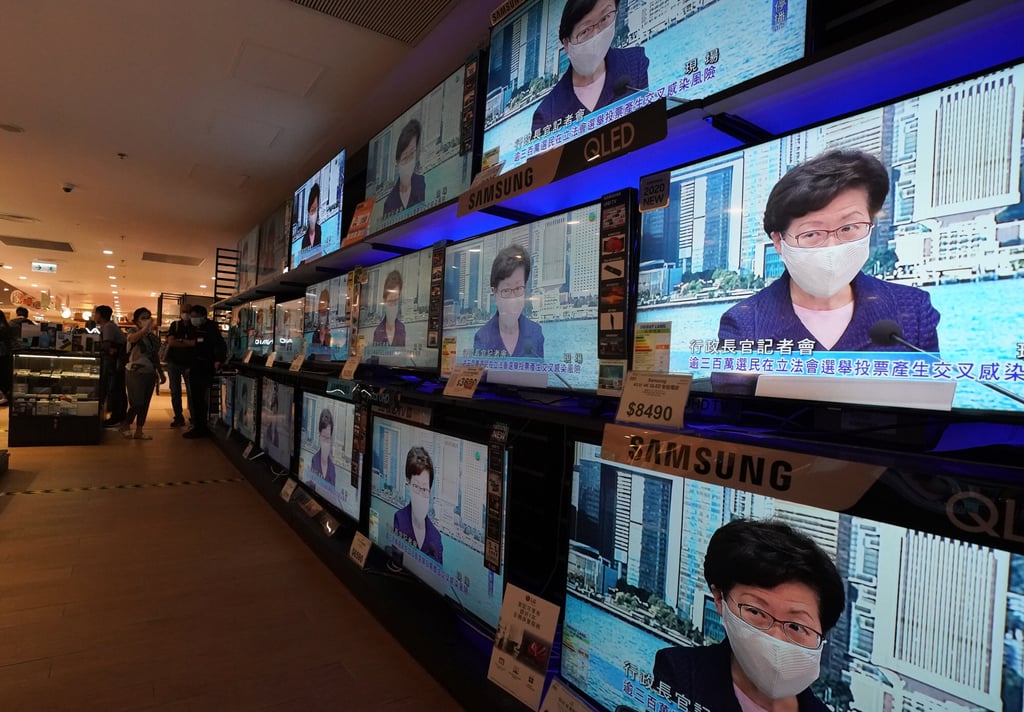How shortages of a US$1 chip are driving up the prices of TVs, laptop displays
- Without a display driver, tech companies have trouble to build products ranging from televisions to game consoles
- Firms that make these drivers cannot keep up with surging demand so prices are rising

To understand why the US$450 billion semiconductor industry has lurched into crisis, a helpful place to start is a one-dollar part called a display driver.
Hundreds of different kinds of chips make up the global silicon industry, with the flashiest ones from Qualcomm and Intel Corp going for US$100 apiece to more than US$1,000. Those run powerful computers or the shiny smartphone in your pocket. A display driver is mundane by contrast: Its sole purpose is to convey basic instructions for illuminating the screen on your smartphone, monitor or navigation system.
The trouble for the chip industry – and increasingly companies beyond tech, like carmakers – is that there are not enough display drivers to go around. Firms that make them cannot keep up with surging demand so prices are spiking. That is contributing to short supplies and increasing costs for liquid crystal display (LCD) panels, essential components for making televisions and laptops, as well as cars, aeroplanes and high-end refrigerators.

“It’s not like you can just make do. If you have everything else, but you don’t have a display driver, then you can’t build your product,” says Stacy Rasgon, who covers the semiconductor industry for Sanford C Bernstein.
Now the crunch in a handful of such seemingly insignificant parts – power management chips are also in short supply, for example – is cascading through the global economy. Carmakers like Ford Motor Co, Nissan Motor Co and Volkswagen have already scaled back production, leading to estimates for more than US$60 billion in lost revenue for the industry this year.
The situation is likely to get worse before it gets better. A rare winter storm in Texas knocked out swaths of US production. A fire at a key Japan factory will shut the facility for a month. Samsung Electronics warned of a “serious imbalance” in the industry, while chip foundry Taiwan Semiconductor Manufacturing Co (TSMC) said it cannot keep up with demand, despite running factories at more than 100 per cent of capacity.
“I have never seen anything like this in the past 20 years since our company’s founding,” said Jordan Wu, co-founder and chief executive of Himax Technologies Co, a leading supplier of display drivers. “Every application is short of chips.”